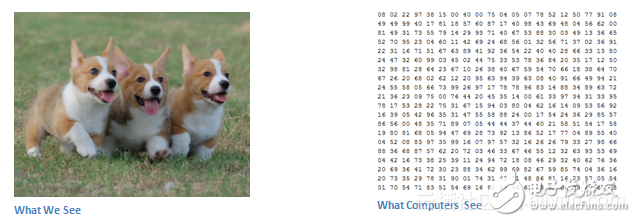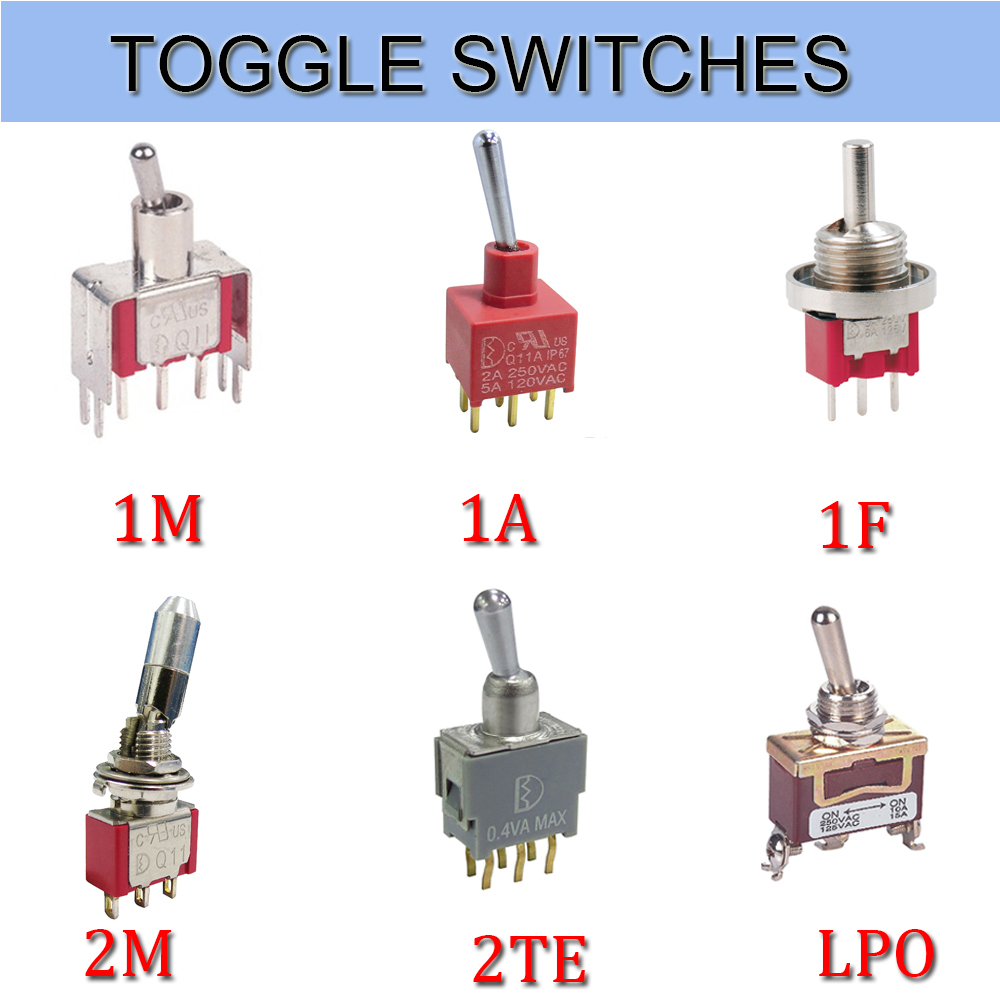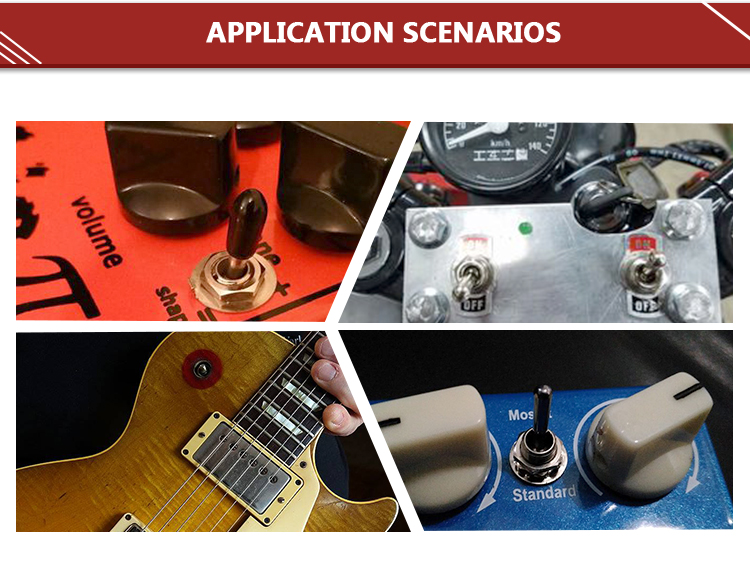Abstract: What is a convolutional neural network, and where did it come from? Where are we heading? Follow the author's rhythm and start exploring CNN together. Convolutional neural networks might sound like an odd mix of biology and math, but they are one of the most impactful innovations in computer vision. The year 2012 marked a turning point for CNNs when Alex Krizhevsky used them to win the ImageNet competition, a major event in the world of computer vision. His model reduced the classification error rate from 26% to a stunning 15%, proving the power of deep learning. Since then, CNNs have become the backbone of many technologies—Facebook uses them for automatic photo tagging, Google for image search, Amazon for product recommendations, and even Instagram for personalized feeds. Today, we’ll take a closer look at how CNNs are used for image classification in image processing. Image classification is the task of taking an image as input and outputting a class label (like "cat" or "dog") or the probability that best describes the image. For humans, this is one of the first skills we learn from birth. We can instantly recognize objects around us without even thinking about it. However, for computers, this is a complex challenge. While humans use our three-dimensional perspective to understand scenes, machines rely on two-dimensional data—arrays of pixel values. This difference makes image recognition a tough task for computers, but CNNs help bridge that gap. When a computer sees an image, it interprets it as a matrix of pixel values. For example, a 480x480 color image will be represented as a 480x480x3 array, where each number represents the intensity of red, green, or blue at a specific pixel. These numbers are meaningless to humans, but they’re the only input a computer has. Understanding how to process this data is the key to building effective image recognition systems. Now that we understand the problem and how images are represented, let’s think about how to solve it. We want the computer to identify unique features that distinguish a dog from a cat, such as edges, shapes, or textures. Just like humans, computers can detect low-level features first and then build up to more abstract representations using multiple layers. This is the core idea behind CNNs, and we'll dive deeper into how it works next. 3.1 Biological Connections
The term “convolutional neural network†might make you think of neuroscience or biology. And you're not wrong—CNNs were inspired by the visual cortex in the brain. In the 1960s, Hubel and Wiesel discovered that neurons in the visual cortex respond to specific regions of the visual field. This concept led to the development of the “local receptive field,†which is central to how CNNs work today. By mimicking the way the brain processes visual information, CNNs can extract meaningful patterns from images efficiently. Now that we’ve covered the basics, let’s talk about the structure of a CNN. A typical CNN consists of several layers: convolutional layers, activation functions, pooling layers, and fully connected layers. Each layer plays a role in extracting and refining features from the input image. The final output is usually a class label or a probability distribution over possible classes. To understand how this works, let’s break down the first layer. 4.1 First Layer: Math Translator's Note: Filter: a set of fixed weights used to convolve with local input data, producing a feature map. By repeating this process across the entire image, the filter produces a new array that represents the detected features. With more filters, the network can extract more complex patterns, leading to better performance in tasks like image classification. Toggle switches Toggle switches, also called On Off Toggle Switches, is often used as the switching device of the equipment stalls. Meanwhile, we are also offer our customers Key Switches, Metal Switches, Automotive Switches, Push Button Switches, etc. The Electrical Toggle Switches is a manually controlled Toggle Switches similar to the dial switch. Most of this Latching Toggle Switches are widely used in on-off control of AC and DC power circuits, and are less commonly used in circuits of several kilohertz or up to 1 megahertz. Let's take a look at the following. 1. Splash-proof knob button switch The panel is installed with a splash-proof `O` ring seal, and the knob is a ball. It is a splash-proof ball button knob switch. Its terminals are in a straight line and the bottom of the terminals is sealed with epoxy resin. Strong corrosion resistance, suitable for automotive parts 2. Vertical Mount Right Angle Toggle Switch The vertical mounting of the terminals and the terminal pins are right-angled, so it is a vertically mounted right-angled toggle switch. Its contacts are gold-plated and highly reliable. Mostly used in anti-theft devices, alert system. 3. Bipolar single toggle switch At the same time, the switch breaks the phase line and the N line and controls one branch. Therefore, it is a bipolar single toggle switches. The contacts are in 3PDT form and are used for multimedia speakers and stereos. 4. Standard surface mount unthreaded toggle switches The terminal adopts the standard mounting mode. Its sleeve has no thread. It is called a standard surface mount screw-less switch. The contacts are SPDT and its electrical life is as high as 55,000. Used for medical equipment 5. Horizontally mounted right-angle toggle switch Compared to the vertical switch, it only changes direction to horizontal, so it is horizontally mounted right-angle toggle switch. The contacts are double-pole double-throw and the bottom of the terminal is Epoxy Seal. Mostly used for computer peripherals. Toggle Switches,Toggle Switch On Off,ON-ON Toggle Switch,HT802 Series Toggle switches,Momentary Toggle Switch,High Current Toggle Switch,Waterproof Toggle Switch,Toggle Switches (ON)-OFF,IP68 Toggle Switch YESWITCH ELECTRONICS CO., LTD. , https://www.yeswitches.com


The first layer in a CNN is always a convolutional layer. Imagine shining a flashlight over the top-left corner of an image. The flashlight covers a 5x5 area, and this is called the filter or kernel. As the filter slides across the image, it performs element-wise multiplication with the pixel values and sums the results. This process generates what’s known as a feature map, which highlights important features in the image. Using multiple filters allows the network to capture a variety of features, making it more powerful and accurate.
